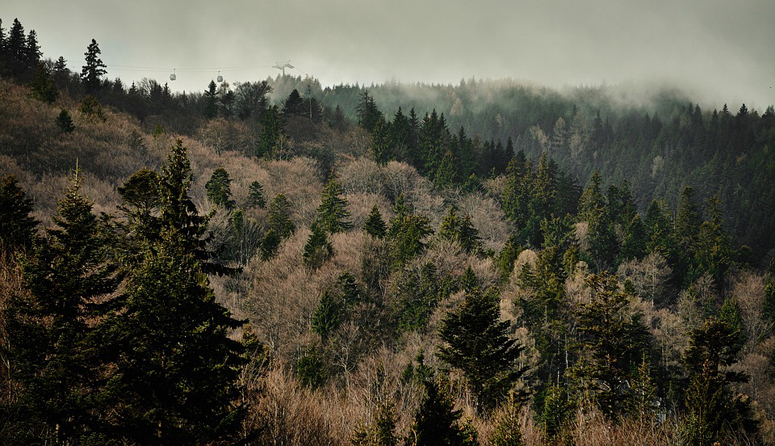MONTPELIER, Vt. (AP) — Vermont officials are warning people who like to forage in the state for wild leeks, or ramps, to beware of a poisonous lookalike plant.
The health department says young leaves of American false hellebore are often mistaken for ramps.
Last year the Northern New England Poison Control Center managed 25 cases involving Vermonters with possible false hellebore poisoning, more than four times the usual number. So far there has been one case this year.
Eating false hellebore can make people sick enough to need hospitalization.
State officials urge Vermonters who harvest wild ramps to make sure they know how to identify them.
The leaves of ramps are flat, grow directly from the ground, and are generally found in rich upland forests. Ramps also smell strongly of onion.
False hellebore leaves are pleated in appearance, grow from a stalk, occur in floodplains, marshes and swamps – and do not smell like onion.
Department of Fish and Wildlife Biologist Bob Popp said one of the simplest ways to identify a ramp is to smell it.
“If it doesn’t smell like an onion, don’t eat it, it’s not a ramp,” Popp said.
(Copyright (c) 2024 The Associated Press. All Rights Reserved. This material may not be published, broadcast, rewritten, or redistributed.)

